The two giants of 20th century communism, China and the Soviet Union, experienced profoundly different fates.
In post-Mao China, economic reform and the gradual creep of market forces saw an impoverished country transform itself into the behemoth we know today. In the USSR, political reform led to the collapse of the superpower’s planned economy and the dissolution of its ideology and union.
Pulitzer Prize-winner Liu Heung Shing was one of the few people – and perhaps the only news photographer – to exhaustively document both.
His new book “A Life in a Sea of Red” juxtaposes images taken in China during the 1970s and 1980s, when he shot for the likes of Time magazine and the Associated Press, with those he captured in the Soviet Union in the early 1990s. His candid portraits and ground-level street photography offer a distinctly human perspective. It then concludes with shots from today’s China, completing an evolution few could have foreseen.
Although Liu enjoyed access to the key players of the times, including Soviet leader Mikhail Gorbachev and China’s paramount leader Deng Xiaoping, it is his focus on the lives of everyday people that best demonstrate the parallels – and vast differences – between the communist powers.
And while the Hong Kong-born photographer took up posts in various other countries – including India, South Korea and the US – in the intervening years, the book also serves as something of a career retrospective.
CNN Style met up with Liu in Hong Kong to talk about China, the Soviet Union and his storied career.
CNN: When did you first start sensing the connections between China and the USSR?
Liu Heung Shing: In 1976, I was assigned to photograph Mao’s funeral, though I didn’t make it to Beijing in time. When I arrived at the end of 1977, quite a few American reporters had already been sent by their newspapers. They felt like the normalization of diplomatic relations between China and the US was in the pipeline, and they wanted to get there early.
Quite a few of them already had Moscow assignments under their belt, because during the Cold War it was a very important news bureau. So the subject of Moscow kept coming up. They’d describe, very vividly, how much China – the system, the management of foreign journalists – was a virtual copy of the Soviet system. What they said registered in my head.
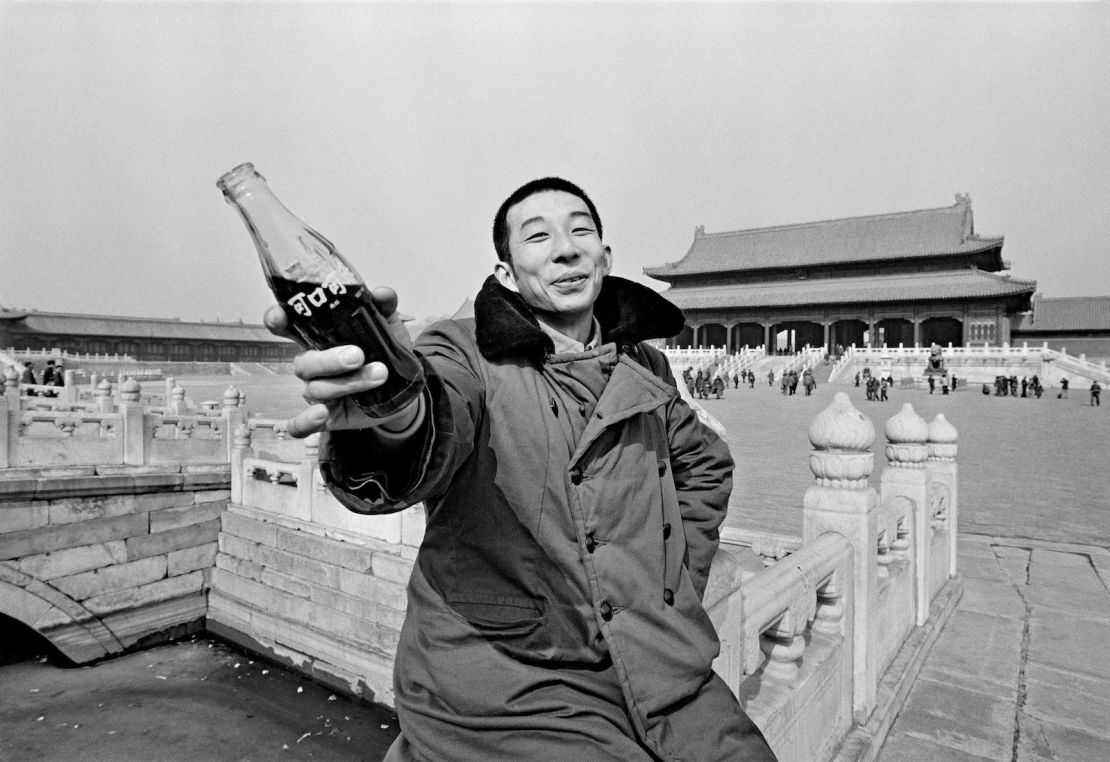
Your photos from the post-Mao era focus on everyday lives rather than big politics. Did spending time in China as a child help you better understand people’s plight?
I was born in Hong Kong but my parents sent me to Fuzhou, Fujian province, in the 1950s. That time was quite important for me.
My primary school had posters saying that China had to catch up with Britain in 10 years, and the US within 15. Every week students had to do manual labor, like picking up rubble in the countryside to build railroads. China had this “Four Pests Campaign” (to eliminate flies, rats, mosquitoes and sparrows), so I’d hit flies, collect them in a matchbox and hand it to the teacher. Not only was this work mandatory but it was in your school report under a section called “political behavior.”
To know about people’s daily lives, and Maoist ideas of class struggle, you needed to experience them. Had I not gone through that period, I would be clueless about China.
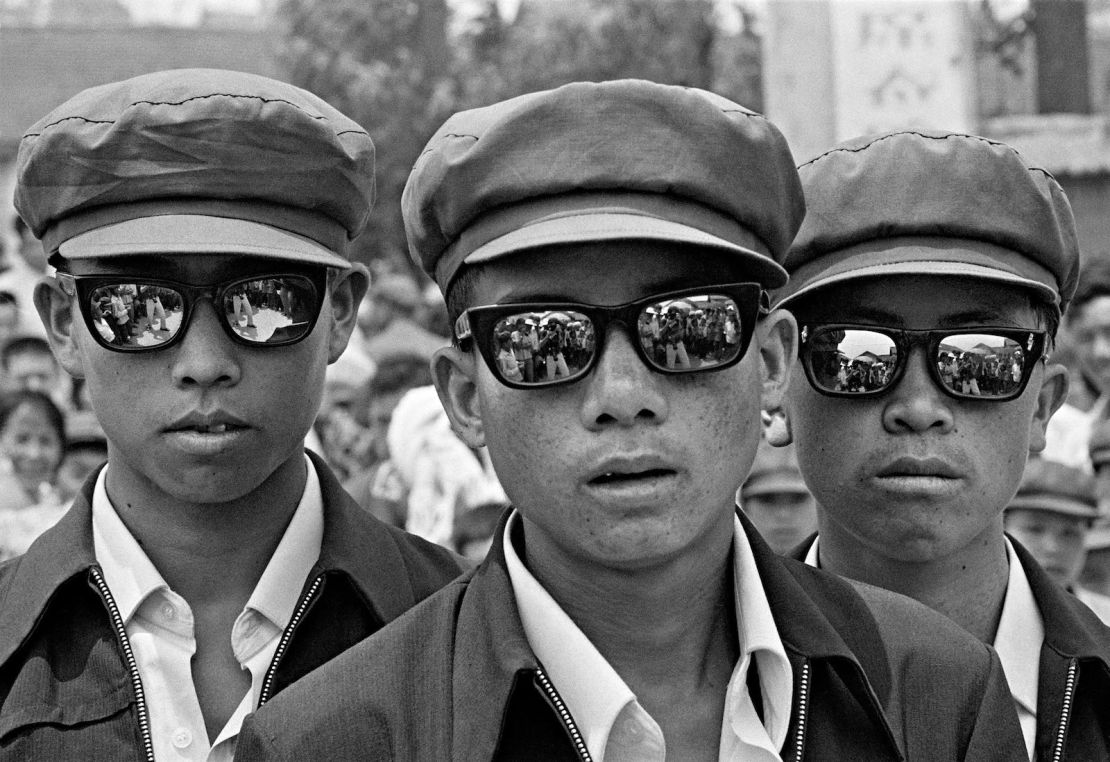
Do you think this offered you an advantage over other foreign photographers in China?
The only way to get under the skin of the people is as one of them. How they would look at foreigners… it’s something very, very subtle. You were very sensitive to how people looked at you and how they looked at each other.
So what was the atmosphere like in China after Mao’s death? Did it feel like there were forces that had been waiting to be unleashed?
When I looked at the people I thought, “there’s something very odd here.” The people didn’t seem very sad about Mao’s death. They read the paper and did tai chi. All the vigilance I experienced before was conspicuously absent.
I knew a major change in China would be a very important story of the 20th century, so I said to myself, “documenting the transformation of China is a story worth spending my time on.” I was always subconsciously pursuing stories that would tell me (of those) changes.
But as a photographer, the only thing you can do is follow people and watch their faces. In the late 1970s, you didn’t have Earth-shaking front-page news (coming out of China), so we’d spend a lot of time talking to all kinds of people and traveling across the country.
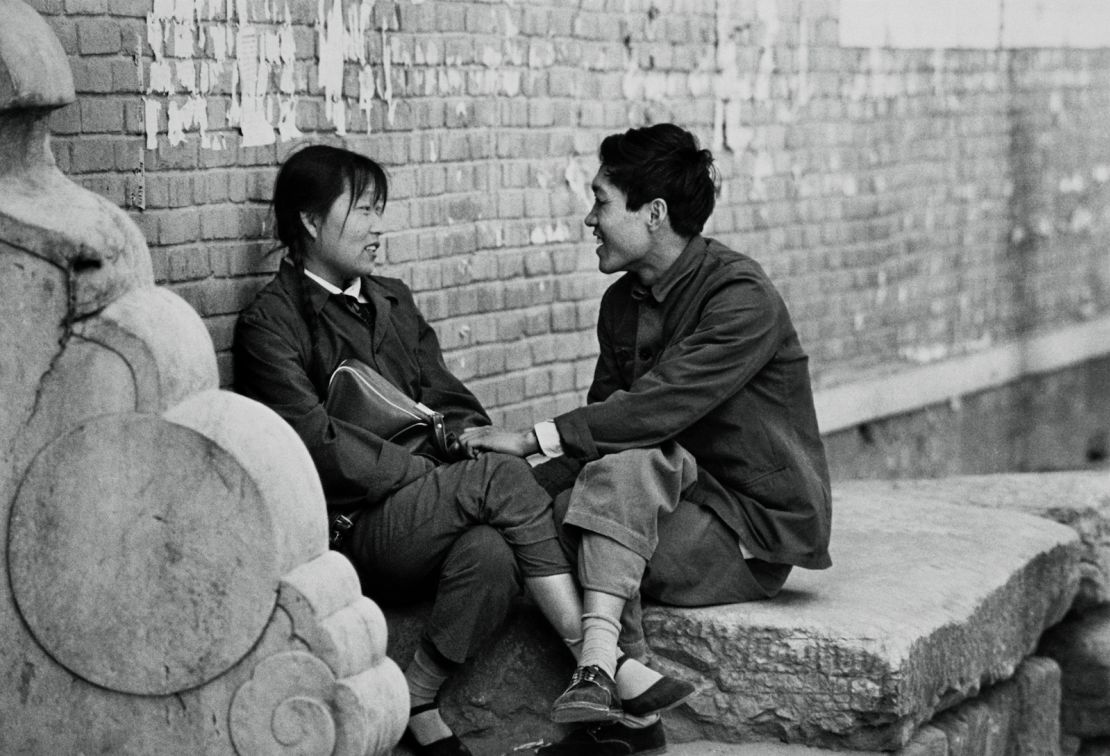
There’s a real optimism in many of your early China photos. Was that sense of positivity pervasive?
Everywhere you turned you found things that never happened when Mao was alive.
People falling in love in the open, or touching each other (in public) – all these things were not OK before. I photographed the first advertising billboard on the corner of the Forbidden City. And Chinese people having the first cosmetic surgeries, getting one eye done at a time so they could bicycle home.
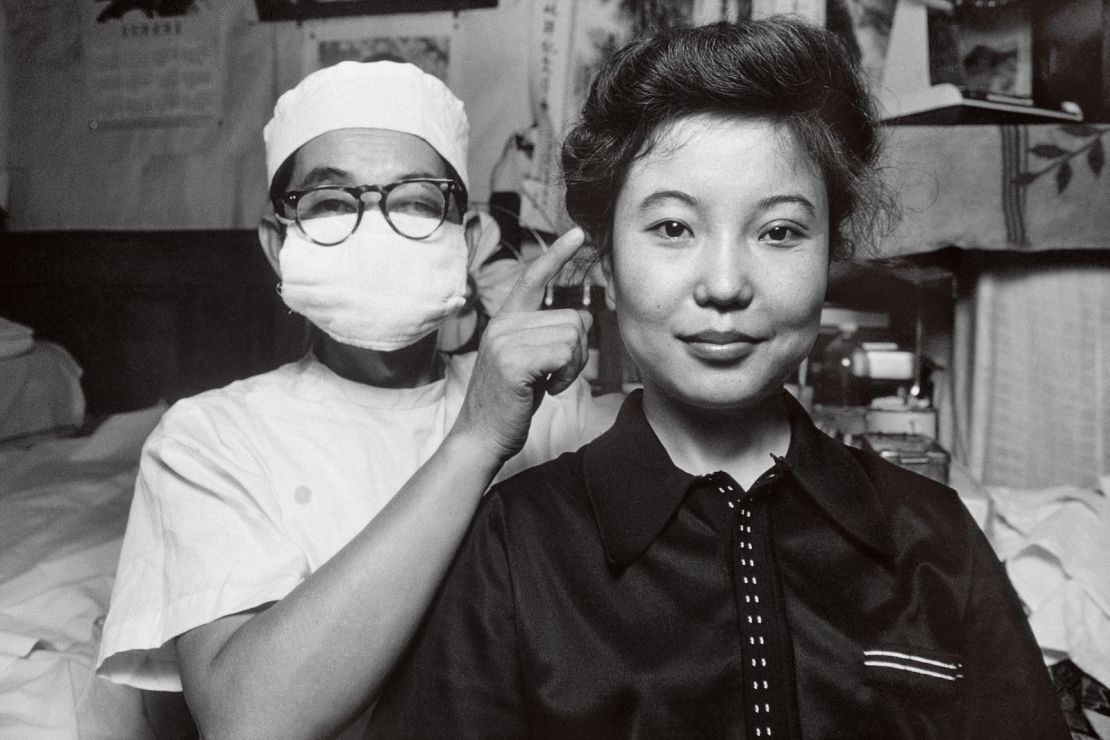
This stands in contrast to your images from the USSR, where people’s expressions show a real sense of despair. Is this the difference, visually, between a society on the rise and one in decline?
That’s something everyone could see. I arrived in Moscow in 1990, and what was astonishing was how rapidly it disintegrated. I think I captured something that was objectively there.
Russia was so abandoned. They had everything, and that’s why they went for political change first. They were very rich in natural resources. I remember when I first arrived (in the USSR), I went out with another family for a picnic. We sat down and I said, “Wow, I’ve never seen this soil like this in China.” It was (very fertile) – black, dark green. But everything in China was yellowish, brown.
The two countries were dealt very different cards.
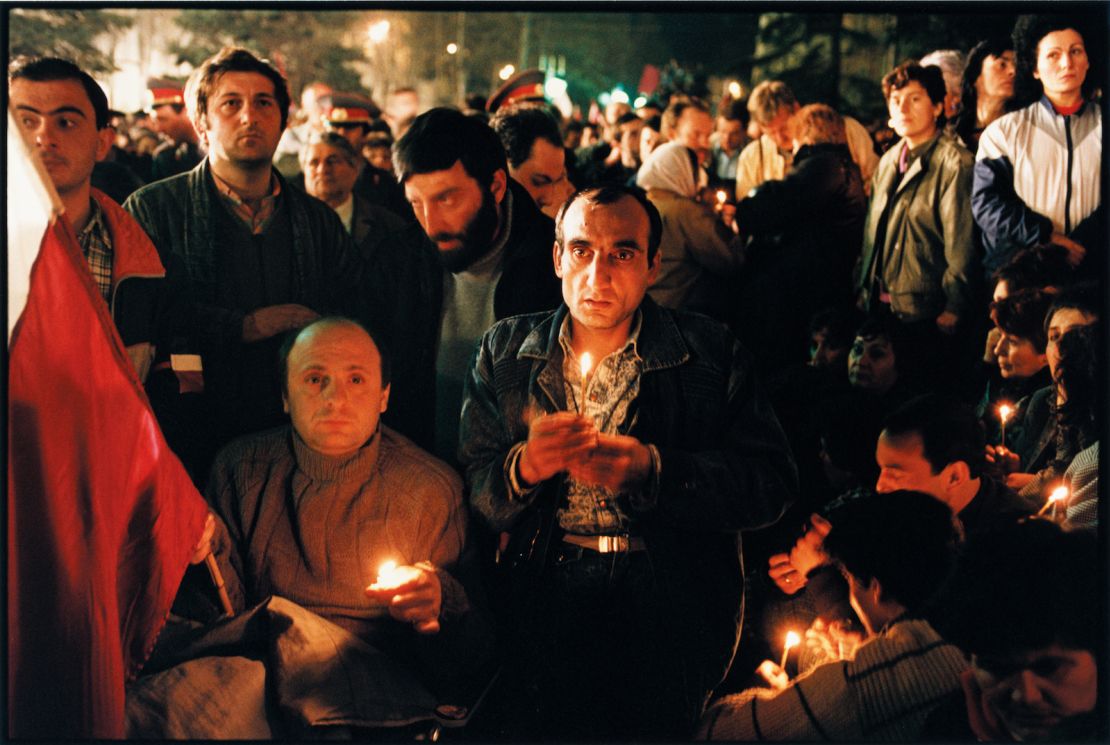
And yet it was China that survived.
Before the Soviet Union collapsed, people would come to Red Square and start reading poems by Pushkin. Chinese wouldn’t have behaved like that.
It lent me the understanding about why the Chinese were so paranoid about instability. When people now argue about China being so relentlessly conservative, in terms of undertaking political reform – if you knew what they knew, then you’d have a greater understanding. Russia dared to go for political change first, and realized how quickly it all collapsed.
The book concludes with a series of recent photos from China under the title “Collectivism to the Me Generation.” Can you explain what these say about China today?
From the late 1990s onwards, China was all about “me and how rich and successful I’ve become.” Peasants on the outskirts of Beijing get compensated by the government when their land is taken away to build highways, and suddenly they have so much cash. So the son will go out and buy a BMW and drive it as an illegal taxi, and wait outside the Forbidden City for tourists.
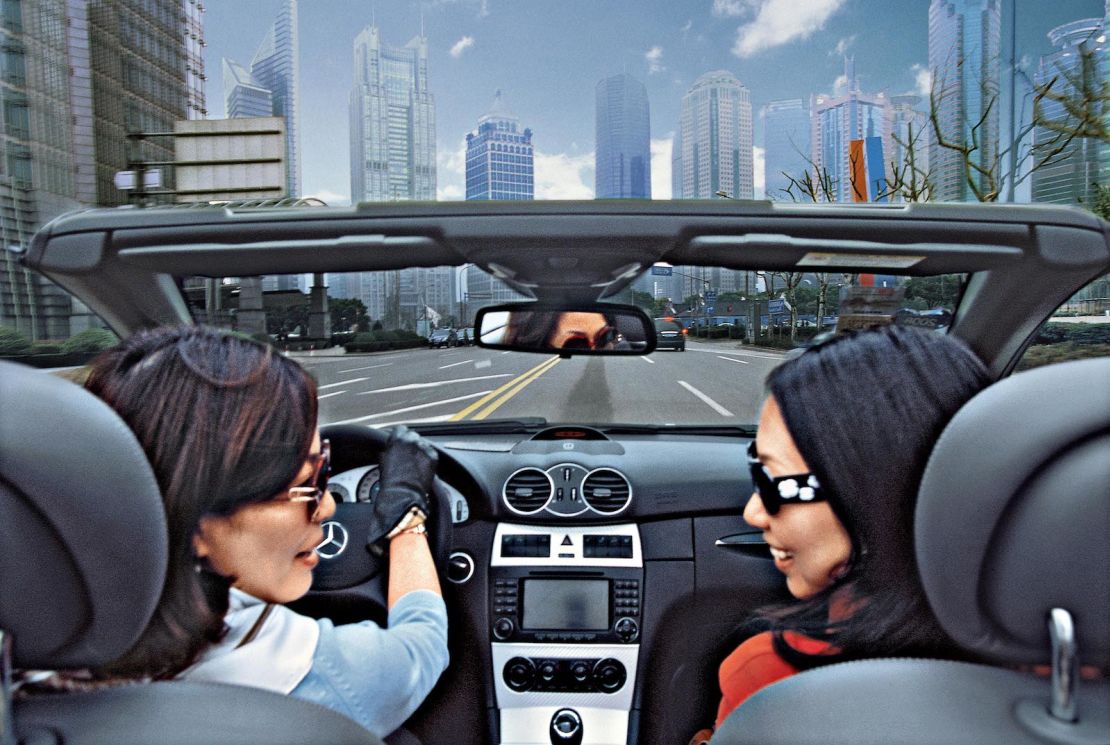
This is something I think about, because when you look at things as a photographer, you want to know it’s something that has a profound effect and is representative of what’s going on. People born in the 1990s or 2000s are very, very different from their parents.
If you step back from that chapter and look at the book, it’s about a 40-year journey that I personally photographed, saw, heard and experienced. Which I think, perhaps, is unique to have come out of one person’s camera.
This interview has been edited for length and clarity. “Liu Heung Shing: A Life in a Sea of Red,” published by Steidl, is available now.















